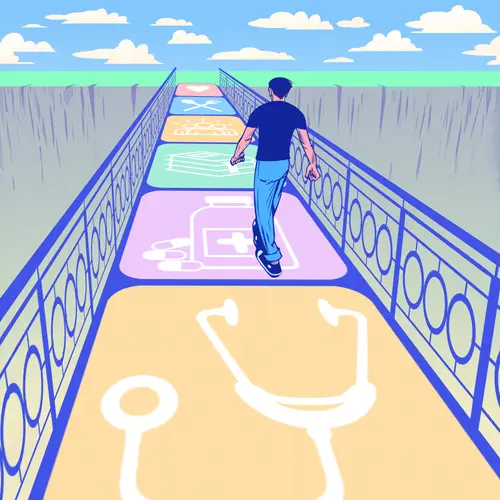Like everything in nature, your penis goes through a series of changes over your lifetime. Each phase is controlled mostly by your testosterone levels.
Somewhere between the ages of 9 and 15, your pituitary gland releases hormones that tell your body to start making testosterone. Puberty begins and brings changes. Your testes (testicles), scrotum, penis, and pubic hair all begin to grow. Testosterone levels peak in your late teens to early 20s.
The amount of testosterone in your body may drop slightly in your late 20s through your 40s, but the change is minimal.
After 40, your total levels may drop only a small amount. But your body slowly begins to make more of a protein called sex hormone binding globulin (SHBG). This sticks to the testosterone in your blood and lowers the amount your body has available to use.
As testosterone levels fall, you’ll notice other changes to your:
Pubic hair: Like the hair on the rest of your body, it will thin and may turn gray.
Penis size: You may notice that it doesn’t seem as large as it used to. The actual size probably hasn’t changed at all. But if you have more fat on the pubic bone just above your penis, that area can sag and make it look smaller.
Penis shape: For a small number of men, it may curve with age. This can affect its length, girth, and function. The condition, called Peyronie’s disease, is caused by physical trauma -- usually because the shaft gets bent during sex. As it heals, scar tissue forms along the tunica albuginea -- a tough sheath around the spongy tissue that fills with blood to create an erection. The scarred portion can’t expand, causing a curved erection. The condition can often be corrected surgically or treated with medications.
Testicles: The small organs inside your scrotum mostly exist to make sperm. As your testosterone levels fall, sperm production slows and they shrink.
If you get hormone replacement therapy, your pituitary gland will stop sending signals to your testes to make testosterone, and they will shrink more.
Scrotum: Its job is to manage the temperature of your testes. It’s lined with smooth muscle that contracts and relaxes to pull your testicles close to your body to keep them warm or let them drop away and cool off. As you get older, the muscles don’t work as well, and your scrotum stays in a more slackened position. Combine that with your skin’s natural decline in elasticity, and the sagging gets worse.
If you’re over 40, a hydrocele can also make your scrotum sag. It happens when fluid builds up around one or both testicles. Maybe your body makes too much liquid, or perhaps it can’t drain well. It’s generally painless. If you notice swelling or feel any discomfort, see your doctor.
Penis function: The nerves in your penis get less sensitive as you age. This can lead to trouble with arousal and having an orgasm. As testosterone levels drop, erectile dysfunction becomes more likely. You may lose rigidity, but not necessarily your ability to have intercourse.
Perhaps the most common culprit is the body’s inability to hold blood in the penis. When this happens, you may be able to get an erection but not keep it. Blood flows in, but the aging muscle that surrounds your erectile tissue can’t hold it there. The result: lost hardness.
Changes in your sex organs and sexuality are a normal part of aging. Talk to your doctor if age-related changes are affecting your life and relationships. Effective treatment is available.

